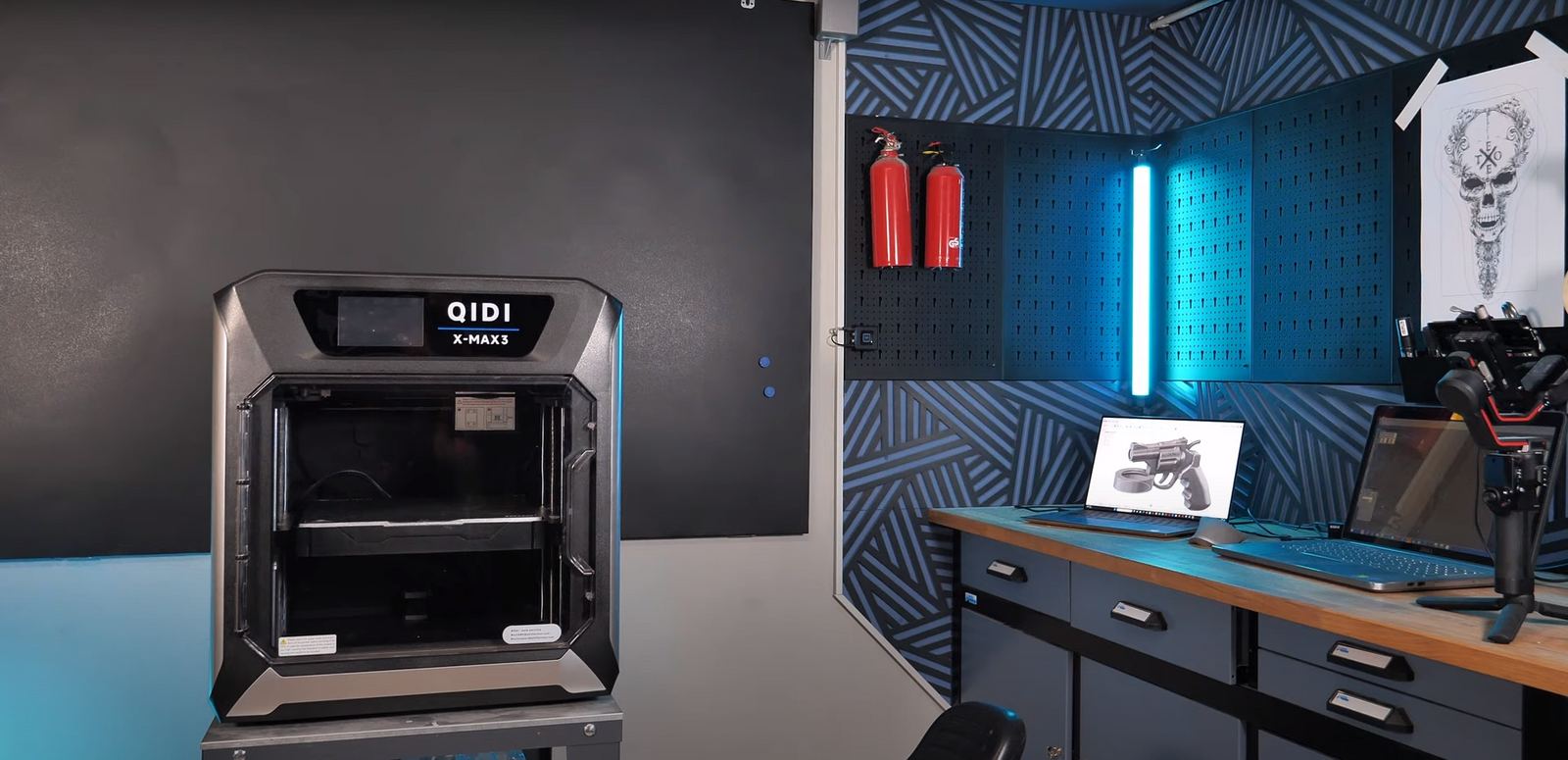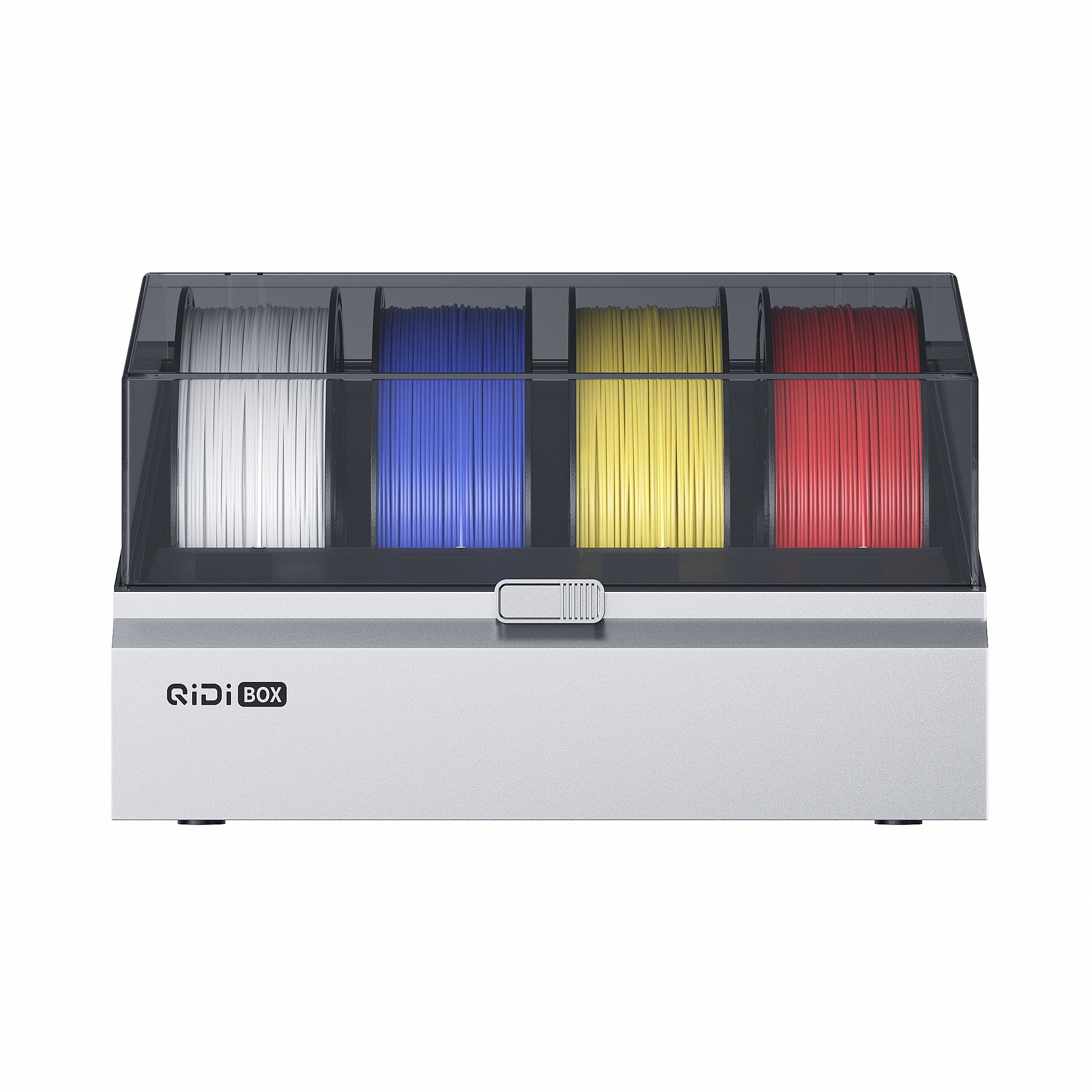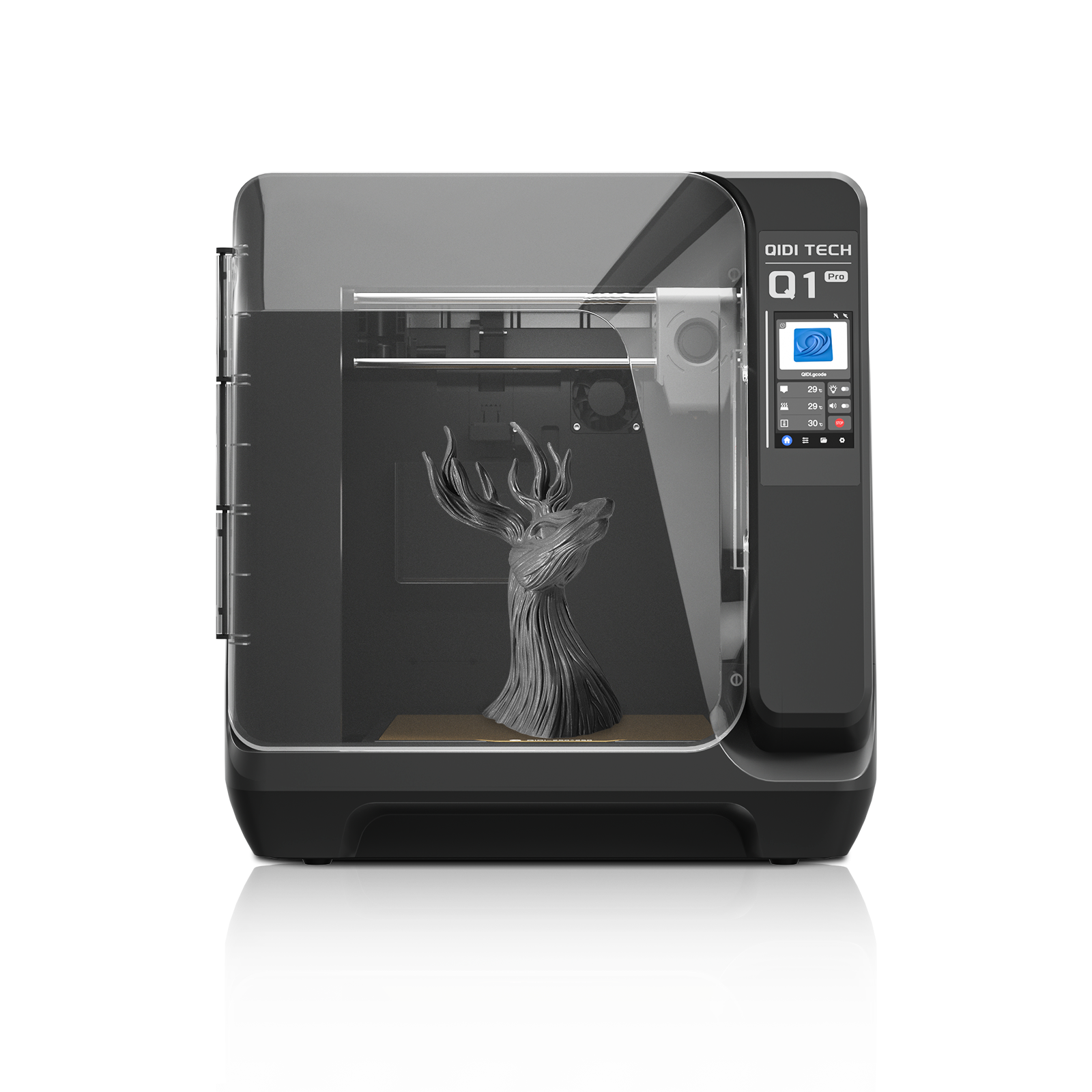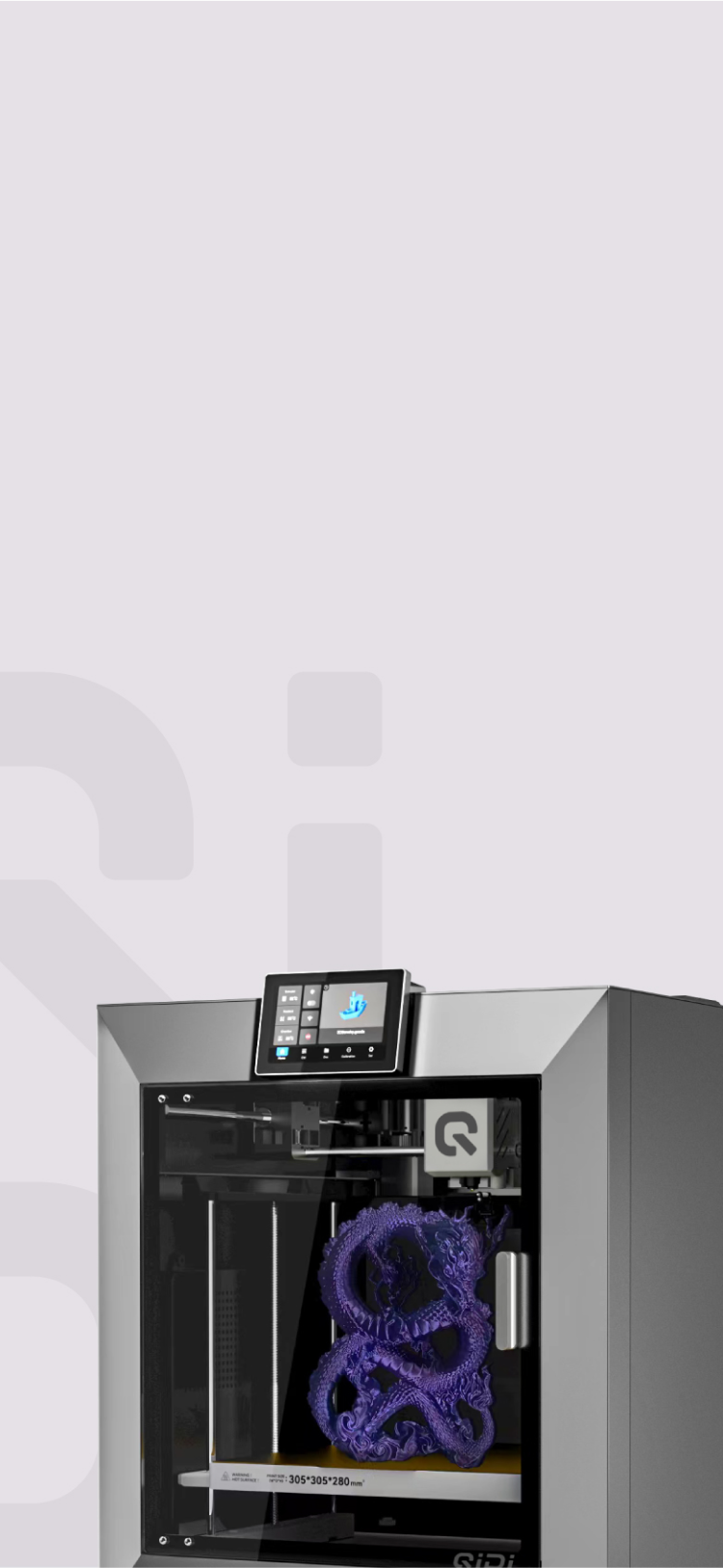Is Your 3D Printer Noisy? Find Out Why and How to Fix It


3D printing has changed the way we create objects, making it possible to quickly produce complex designs and custom parts. However, a common problem that many 3D printer owners face is noise. From the whirring sound of stepper motors to the humming of cooling fans and the vibrations of the printer itself, noise can be a big distraction and even a source of frustration. This blog post will present the main causes of noise in 3D printers and share practical solutions to help you reduce it. By following these tips, you can enjoy a more pleasant and productive 3D printing experience with less noise.
How 3D Printers Generate Noise
To effectively tackle noise issues in 3D printers, it's important to understand how these machines work and which parts contribute to noise generation. 3D printers create objects by moving the print head and building a platform in a series of precise, intricate movements. These movements are powered by stepper motors, which can be a major source of noise. In addition, cooling fans are used to control the temperature of the print head and other components, which can also increase the overall noise level. Mechanical movements, such as the print head moving across the build plate or the build platform moving up and down, can generate even more noise, especially if there are any loose or worn-out parts.

Main Sources of Noise in 3D Printers and How to Fix Them
Let's look at the most common sources of noise in 3D printers and how to fix each one.
Stepper Motors
Stepper motors move the print head and build the platform precisely. They work by quickly turning electromagnetic coils on and off, which can make a distinct whining or humming noise. The noise level depends on the quality and design of the motors and the current settings.
To reduce stepper motor noise, you can adjust the current settings. Lowering the current can reduce noise, but be careful not to set it too low, or it may affect print quality. Another solution is to use stepper motor dampers, which are small rubber or silicone pieces that fit between the motor and the printer frame to absorb vibrations and reduce noise. Some newer printers also come with silent stepper drivers that use advanced technology to minimize noise.
Cooling Fans
Cooling fans keep the print head and other parts at the right temperature, but they can also add to the overall noise. To reduce fan noise, you can replace the stock fans with quieter aftermarket ones that are designed to operate quietly while still cooling effectively. Some printers also allow you to adjust the fan speed through firmware or slicer software. Lowering the speed can reduce noise, but it may affect cooling performance. Another option is to use well-designed fan shrouds or ducts that direct airflow more efficiently, reducing turbulence and noise.

Vibrations
Vibrations from the printer's movements can make noise worse, especially if the printer isn't stable. To minimize vibration noise, make sure to place your printer on a sturdy, level surface. You can also use anti-vibration pads or a special printer base to reduce vibrations further. Regularly check for loose screws, bolts, or other parts that may be causing rattling or vibrating noises, and tighten them as needed. Applying vibration-dampening materials like foam or rubber sheets to the printer's frame or enclosure can also help absorb vibrations and reduce noise.
Mechanical Problems That Can Make Your 3D Printer Noisy
In addition to the common sources of noise we've already talked about, mechanical issues can also make your 3D printer louder. Two main problems are loose parts and worn-out components.
Loose Parts
Over time, the different parts of your 3D printer can come loose because of vibrations and regular use. Loose parts can cause rattling, clicking, or other unwanted noises. To fix this problem, regularly check your printer for any loose screws, bolts, or other fasteners, and tighten them as needed to keep everything secure. Also, check for any loose belts or pulleys, as these can also make noise. Adjust the belt tension as necessary and make sure the pulleys are tightly fastened.
Worn-Out Components
As your 3D printer gets older, some parts may wear out, leading to more noise and possibly affecting print quality. Common parts that can wear out include:
Linear bearings: These bearings allow the print head and build platform to move smoothly. If they get worn, they can cause grinding or rattling noises. Check your linear bearings regularly and replace them if needed.
Belts: Over time, belts can stretch, fray, or develop worn-out teeth, causing noise and reducing print quality. Look for signs of wear on your belts and replace them when necessary.
Fans: Cooling fans can get dusty and dirty, making them noisy or even causing them to stop working. Clean your fans regularly and replace them if they get too noisy or stop working altogether.
Calibration and Maintenance Tips to Reduce 3D Printer Noise
Regularly calibrating and maintaining your 3D printer can help prevent and reduce noise problems. Here are some important tips to remember:
Lubricate moving parts: Properly lubricating linear rods, lead screws, and other moving parts can help reduce friction and noise. Use a high-quality, lightweight lubricant made specifically for 3D printers, and apply it sparingly to avoid attracting dust and dirt.
Perform routine maintenance: Create a regular maintenance schedule to keep your printer in great shape. This should include tasks like cleaning the print bed, nozzle, and extruder gears, as well as checking for any loose or worn-out parts.
Calibrate your printer regularly: Proper calibration ensures that your printer is working at its best, reducing the chance of issues that can cause noise. Regularly check and adjust your printer's belt tension, bed leveling, and other calibration settings as described in your printer's manual.
By following these simple tips, you can help keep your 3D printer running smoothly and quietly. Taking the time to lubricate moving parts, perform routine maintenance, and calibrate your printer regularly can go a long way in preventing and reducing noise issues.
Upgrades and Changes to Make Your 3D Printer Quieter
If you've tried fixing the common noise sources and maintaining your printer but it's still too loud, consider these upgrades to make it quieter:
- Silent Stepper Drivers: Upgrading to silent stepper drivers can greatly reduce the noise from your printer's motors. If your printer is compatible, this can be a good investment for a quieter experience.
- Enclosures: Putting your printer in a special enclosure can help control temperature and significantly reduce noise. You can buy an enclosure or make your own using materials like acrylic or an old cabinet.
- Anti-Vibration Pads and Dampers: Placing anti-vibration pads under your printer's feet and installing stepper motor dampers between the motors and frame can help absorb vibrations and minimize noise. These simple, affordable changes can make a big difference in overall noise levels.

When to Seek Professional Help
Although you can fix many noise problems using the solutions we've talked about, there may be times when you need professional help. If you experience any of the following, it might be time to seek assistance from a qualified technician or the manufacturer's support team:
- Ongoing noise issues that you can't resolve using standard troubleshooting and maintenance procedures.
- Strange noises that come with a decrease in print quality or printer performance.
- Damage to printer parts that need repair or replacement beyond what you can do yourself.
When looking for professional help, make sure to choose a reputable service provider or contact the manufacturer directly for guidance. They can help figure out what's causing the problem and provide specific solutions to get your 3D printer running quietly and efficiently again.
Say Goodbye to Noisy 3D Printing!
Noise is a common headache for many 3D printer owners, but you can tackle it head-on by understanding where the noise comes from and using the right tricks. There are plenty of ways to create a quieter printing setup, like tweaking stepper motor settings, swapping out cooling fans, nailing your calibration, and keeping your printer in tip-top shape. By taking on these noise problems, you'll create a more enjoyable experience for yourself and everyone around you, plus help your 3D printer run like a dream for years to come. So, why put up with the racket any longer? Dive in and start putting these tips into action now, and you'll be on your way to 3D printing bliss in no time!


 Q2
Q2
 Plus 4
Plus 4
 QIDI Box
QIDI Box
 Q1 Pro
Q1 Pro
 X-Max 3
X-Max 3

